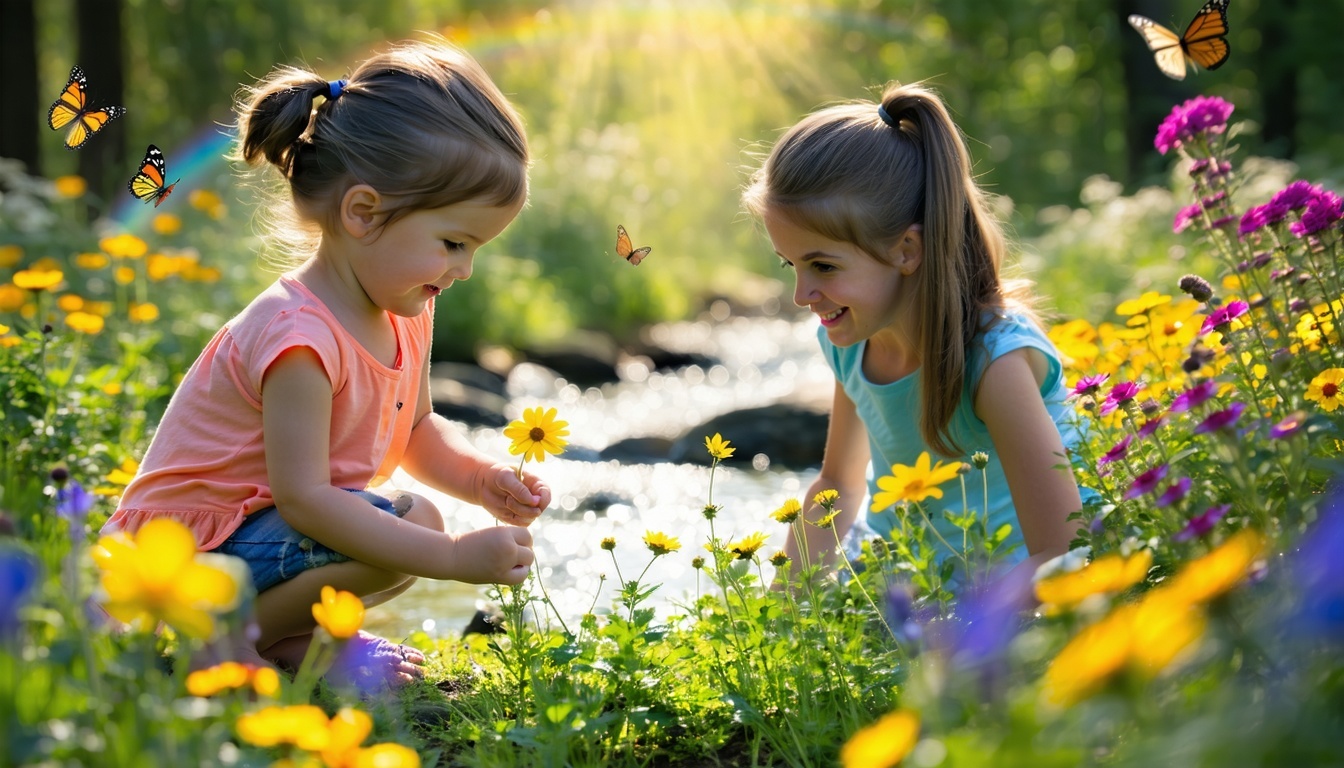
By Melissa Meyer, DNP, PMHNP
There’s a moment many parents experience, often alone, often in the quiet of a car or after the kids are finally asleep. It sounds something like:
“What’s wrong with my child?”
If that thought has crossed your mind—first, take a breath. A deep one. And then hear this from me, heart to heart:
Your child is not broken. They are blooming differently.
I know those words might feel far from where you are right now. You may be exhausted from school meetings, meltdowns, missed social cues, medication questions, or just the nonstop emotional rollercoaster of parenting a child whose brain works a little differently. But I promise—different is not defective.
🌱 Neurodiversity Isn’t a Problem. It’s a Pattern.
ADHD. Autism. Sensory sensitivities. Learning differences. These are not labels that define limits—they’re descriptions of how your child’s brain processes the world. Neurodiversity means that the human brain comes in many beautiful variations, like a garden full of wildflowers—not a row of identical tulips.
Some kids sit still. Others need to wiggle.
Some learn by listening. Others by touching, moving, or feeling.
Some love eye contact. Others find it overwhelming.
And all of them—every one—deserve respect, understanding, and room to grow in their own way.
🌼 The Problem Isn’t Your Child—It’s the Frame
So often, the world tries to fit our children into a single mold: quiet, compliant, neat, focused, friendly, flexible, predictable.
But what if your child is curious, intense, blunt, sensory-seeking, sensitive, or scattered? What if they struggle to stay organized or sit through dinner? Does that mean something is wrong?
Of course not.
But if the frame is too small, it can make your child feel like they don’t fit—like they’re always “too much” or “not enough.”
That’s why one of my biggest goals as a pediatric mental health provider is helping families change the frame—not the flower.
Let your child bloom in their season, their shape, their rhythm. And yes—support them. Help them navigate the world. But don’t mistake support for sanding off their edges.
🐝 What “Support” Really Looks Like
Here’s what I’ve seen actually help children who are neurodiverse:
-
Routines that feel safe but flexible
-
Sensory-friendly spaces with cozy corners, headphones, or fidgets
-
Clear, compassionate communication that avoids shame
-
Movement breaks (not punishment!) for bodies that can’t stay still
-
Visual schedules or checklists to make transitions easier
-
Reframing “behaviors” as communication
And—perhaps most important—parents and caregivers who say:
“I see you. I don’t always understand, but I’m with you. And we’re going to figure this out together.”
💛 Your Words Matter
Kids listen—even when it seems like they’re not. They hear the sighs. The frustration. The quiet “Why is this so hard?”
So here are some phrases you can start saying today that will build trust and confidence, brick by brick:
-
“You’re not in trouble. Let’s figure this out together.”
-
“I’m so proud of how hard you try, even when it doesn’t look easy.”
-
“Your brain is amazing—it just works differently than mine.”
-
“You’re not bad. You’re learning.”
These tiny affirmations add up. They help your child feel safe being themselves, even in a world that might not always understand them.
🌈 Blooming Looks Different for Everyone
Some flowers open in the morning. Others at night.
Some thrive in the sun. Others in shade.
Some take longer—but when they bloom, they’re breathtaking.
Just like your child.
I know it’s hard. I know there are days you feel overwhelmed, invisible, or lost. But please remember: you are not failing. You are learning how to care for a different kind of bloom—and that takes patience, love, and a whole lot of grace.
You’re not alone. And neither is your child.
🌟 A Note from Melissa
At Hazelwood, we believe that structure creates freedom—and that freedom makes space for authentic growth. I don’t see your child as a diagnosis. I see a whole, evolving human being with strengths waiting to be recognized.
Let’s stop asking our kids to fit into the frame—and start building gardens that welcome their wild, wonderful ways of growing.
🌼 Try This Today:
Create a “What I Love About Your Brain” list with your child. List five things that make their brain special—even if they’re also challenging. Keep it on the fridge or in their backpack as a daily reminder that difference is strength.
Tag us @HazelwoodMentalHealth with your blooming brain posters using the hashtag #DifferentNotBroken—and let’s celebrate every unique bloom in our care.
